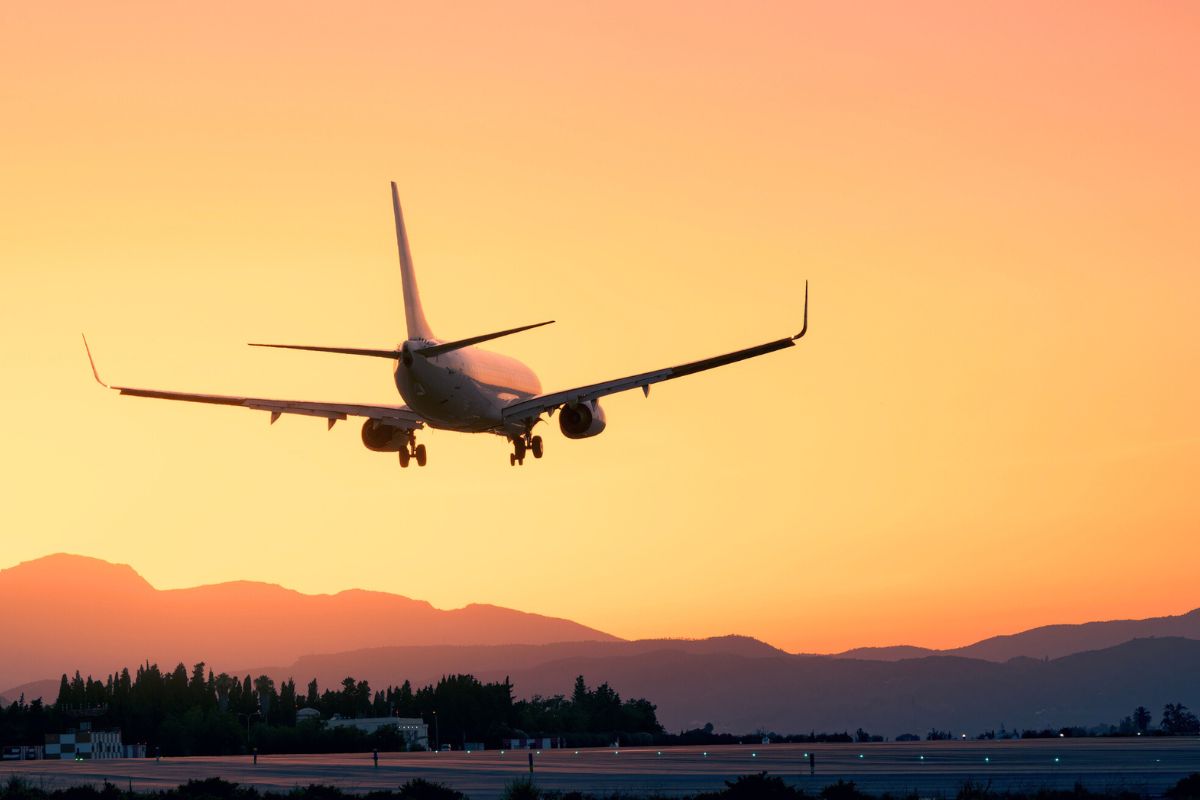A harrowing incident unfolded on September 15, 2024, when Delta Air Lines Flight 1203 had to make an emergency landing shortly after takeoff. The incident was due to a cabin pressurization issue that left passengers with bleeding noses and ears. The Boeing 737-900, carrying 140 passengers, departed Salt Lake City International Airport bound for Portland International Airport in Oregon.
Minutes into the flight, as the aircraft climbed past 10,000 feet, passengers began experiencing severe discomfort. One affected traveler, Jaci Purser, described the ordeal to CNN: “I heard some air come out and then it started bubbling. It sounded like my ear was bubbling, my right ear, and I touched my ear, and there was blood coming out,” Purser said.
Other passengers had the same problems as Purser. “Our ears just started hurting really, really bad. Everybody around us was grabbing their ears. People’s ears started bleeding. People’s noses started bleeding,” she added.
Delta Air Lines’ Response After Passengers Started Bleeding
The flight crew quickly recognized the gravity of the situation and decided to turn back. The jet arrived safely at Salt Lake City International Airport around 8:30 a.m., where it was met by emergency responders from the Salt Lake City Fire Department. Upon landing, at least 10 passengers required immediate medical attention for symptoms ranging from nosebleeds to ear pain.
Remarkably, despite the alarming nature of the incident, no serious injuries were reported, and no one required hospitalization. In response to the incident, a Delta Air Lines spokesperson issued a statement: “We sincerely apologize to our customers for their experience on flight 1203 on September 15. The flight crew followed procedures to return to SLC, where our teams on the ground supported our customers with their immediate needs.”
The Federal Aviation Administration (FAA) has launched an investigation into the incident, focusing on the reported pressurization issue. Cabin pressurization is crucial for passenger comfort and safety during flights, as it maintains a breathable atmosphere and prevents rapid changes in air pressure that can cause physical distress.





